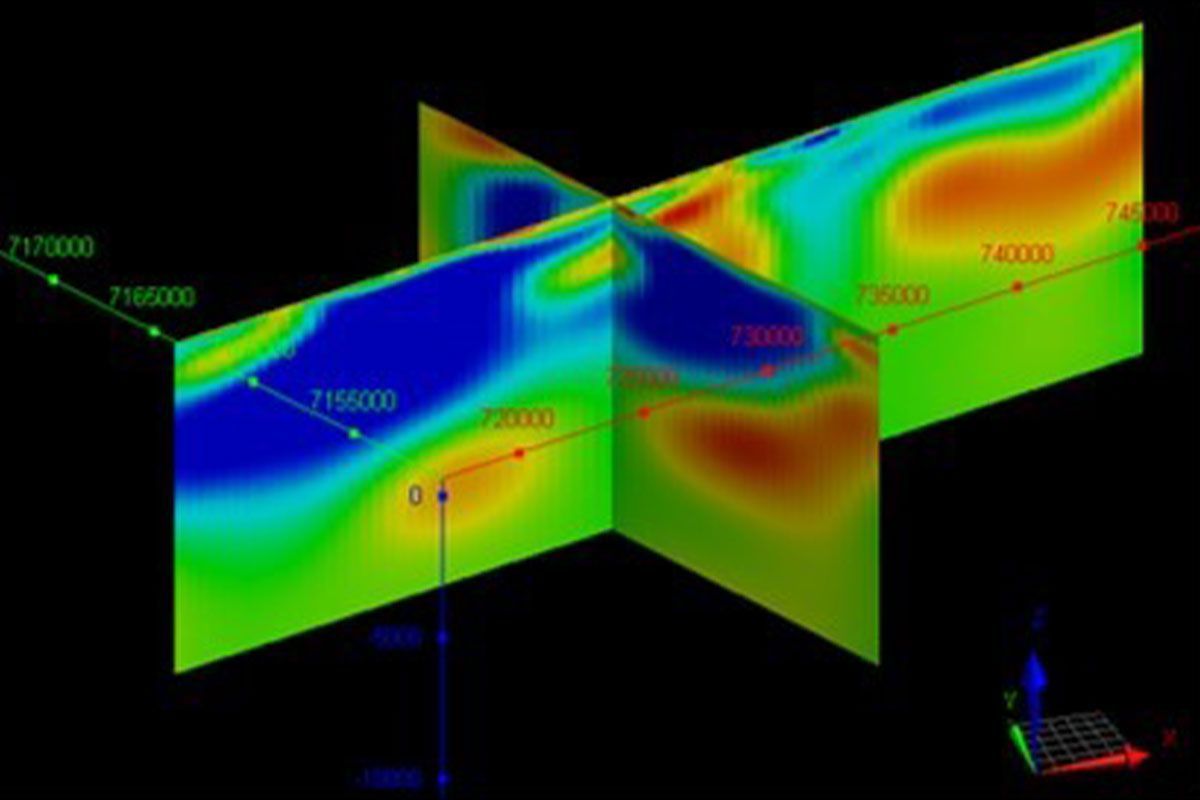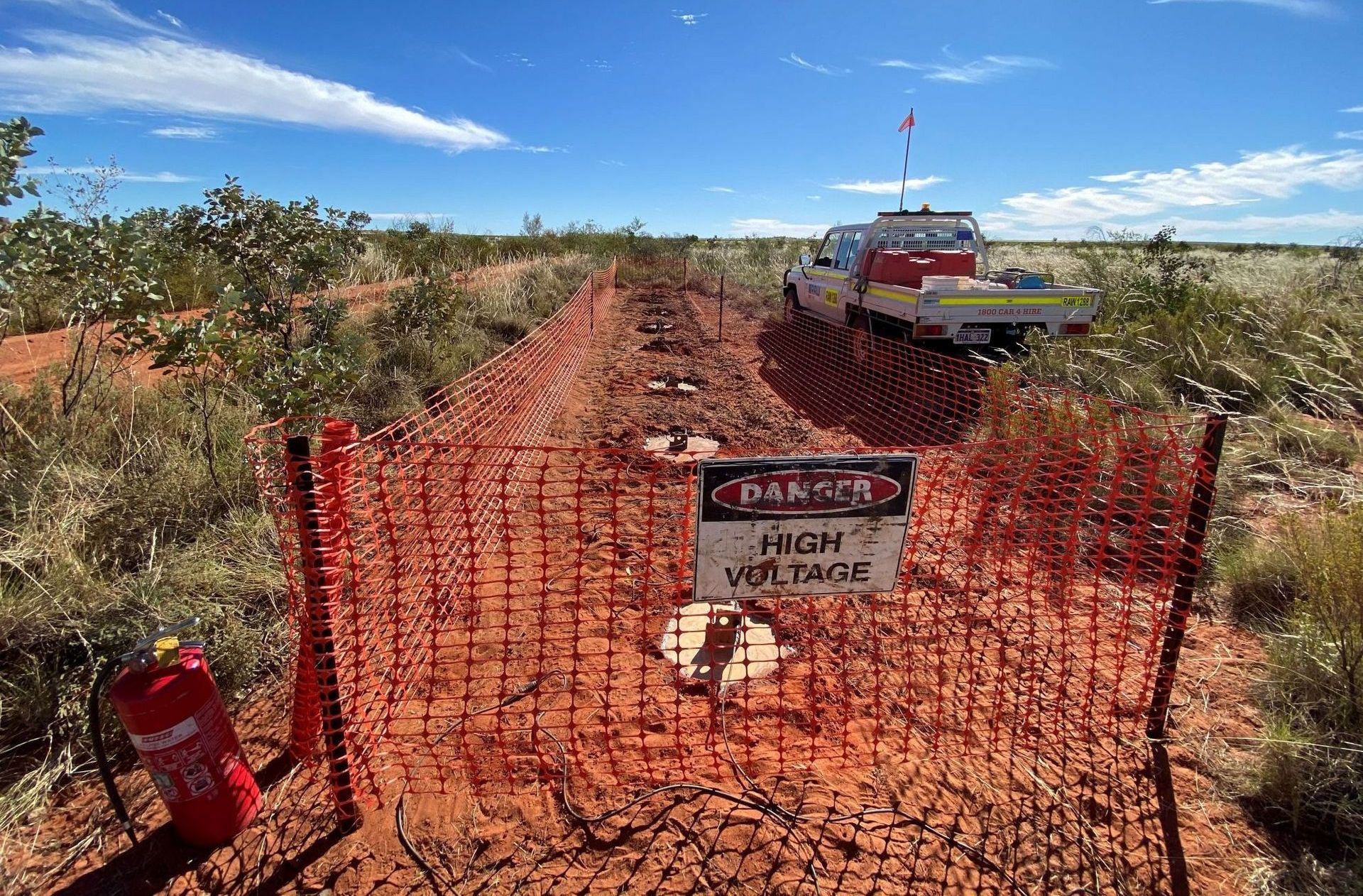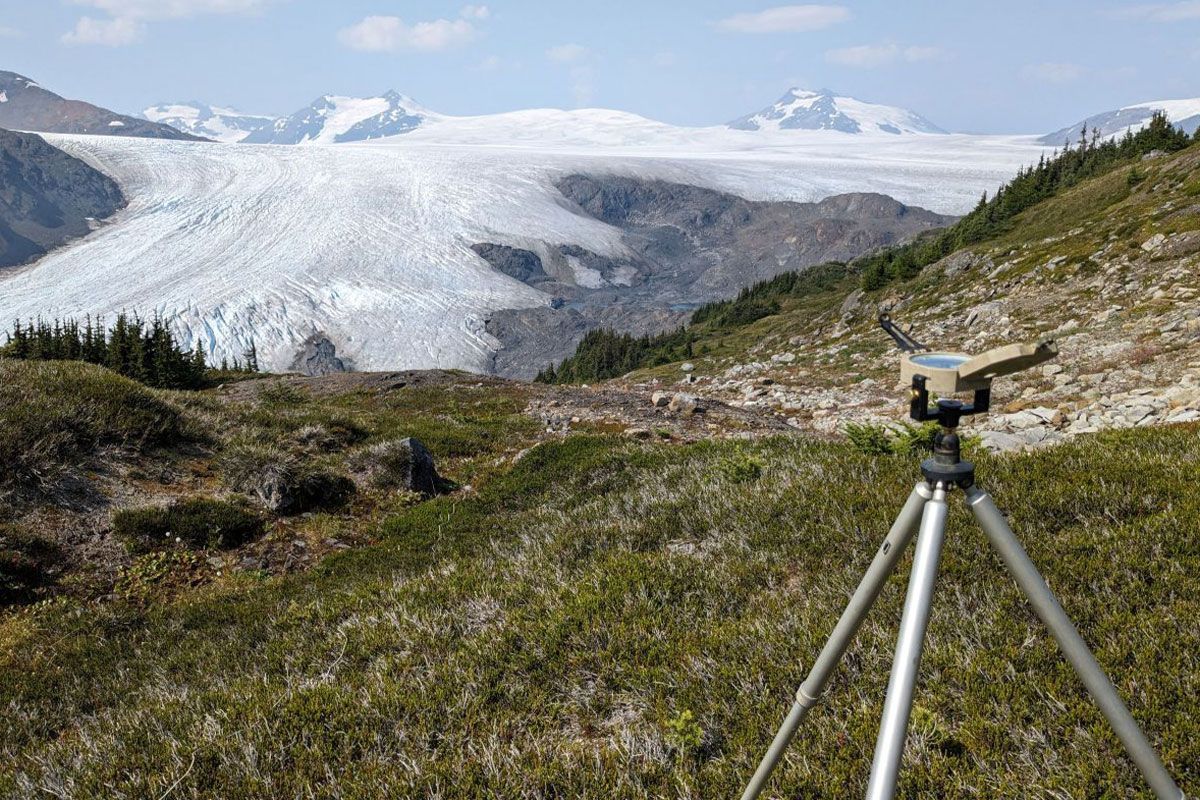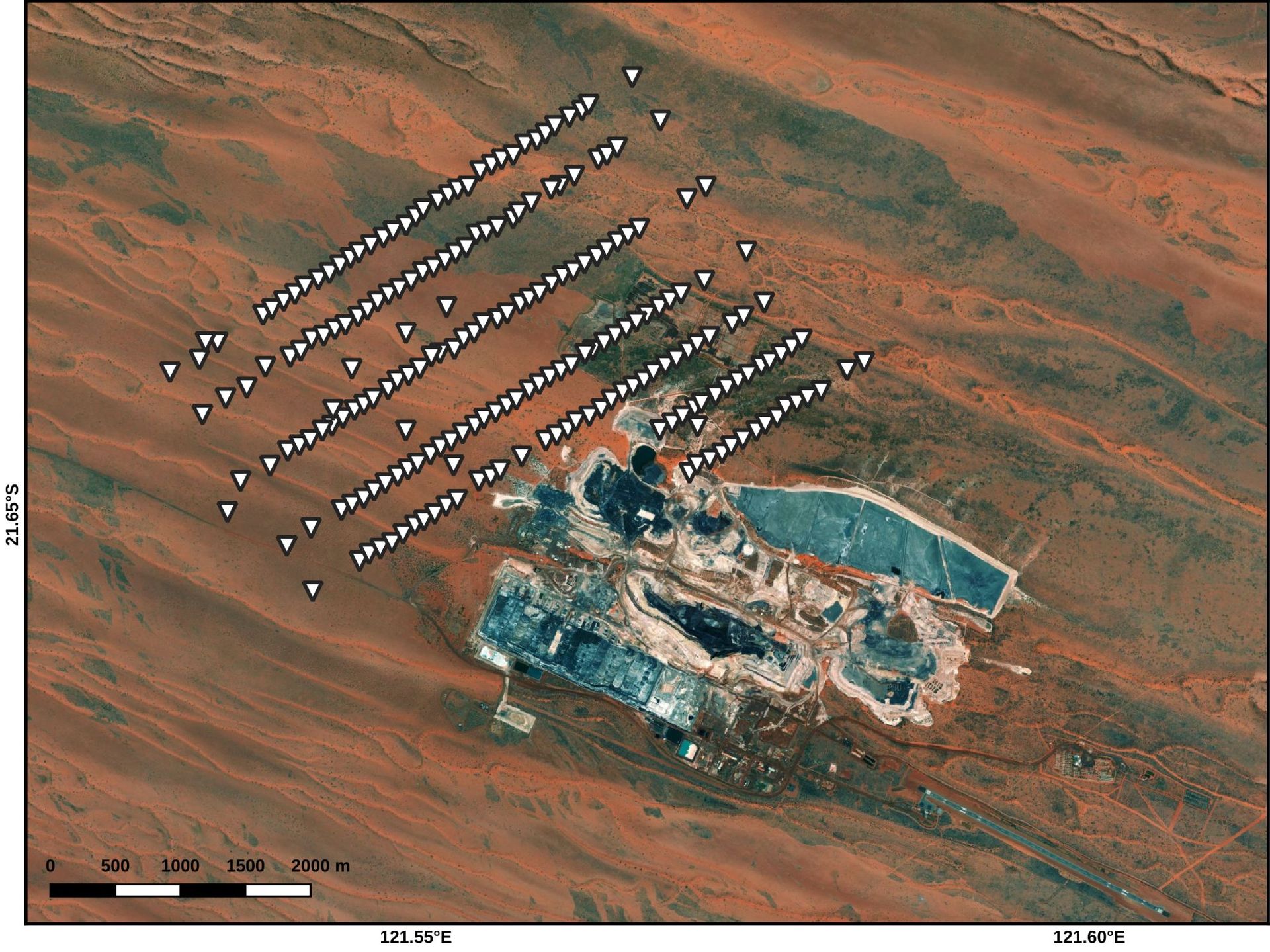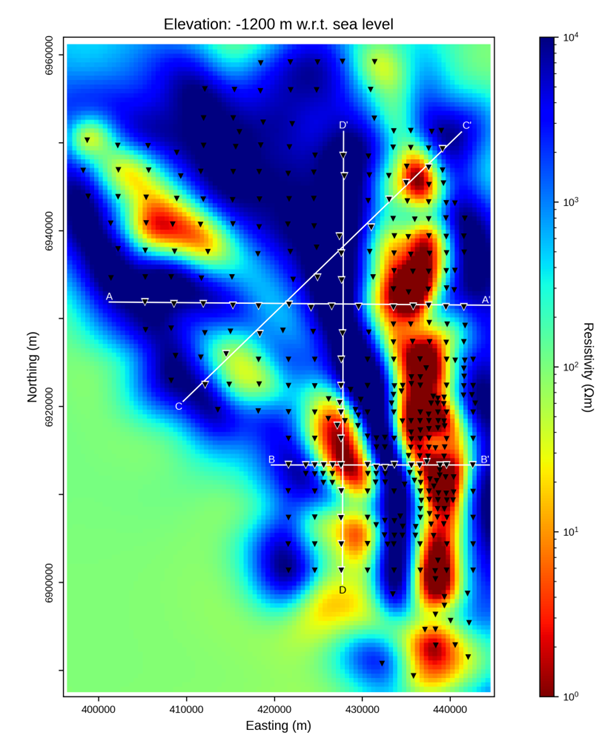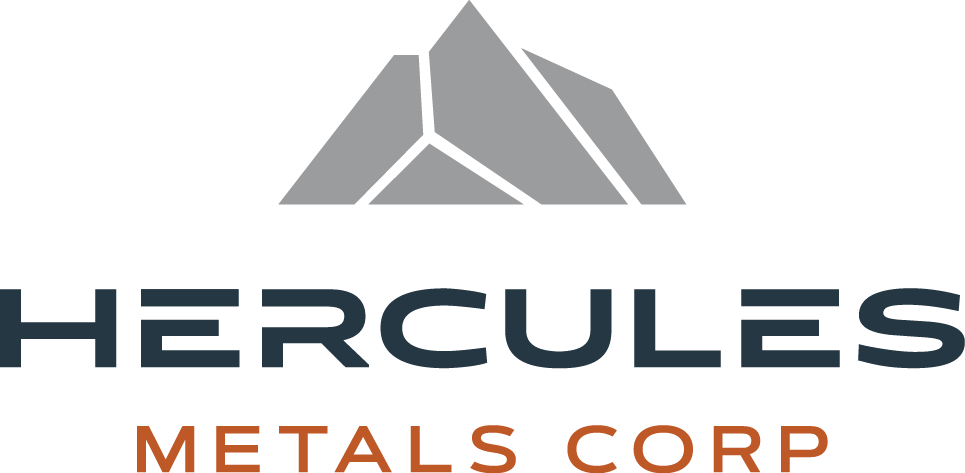Explore the unseen.
From data to discovery.

Deep Imaging. Accurate Data. Smarter Decisions.
Established in 2005 by Shane Evans, Moombarriga has become a market leader in providing cutting-edge magnetotelluric (MT) acquisition and modelling services.
Initially serving Government Agencies and mineral and geothermal exploration companies, Moombarriga has built a solid reputation for delivering high-quality data while continuously improving our methodology and capabilities. We provide expertise in all aspects of MT surveying.
Over the past decade, we have significantly expanded by acquiring a specialised induced polarisation (IP) data acquisition company, Search Exploration. This acquisition has enhanced our ability to deliver top-notch data products for clients and ensured that we maintain capacity and expertise in high-powered IP surveying.
Our Global Footprint.
Localised expertise, international reach.
With offices strategically located in the United States, Canada, and Australia, we operate at the forefront of subsurface exploration across multiple continents.
With successful projects completed across North America, Australia, and Africa, applying innovative geophysical solutions in diverse terrains and challenging environments - our global presence enables us to provide high-quality results, wherever your project takes us.
15+
Countries
400+
Surveys
10,000+
MT Sites
Our key services.
Mineral Exploration
Geothermal Exploration
Oil & Gas Exploration
Regional Mapping
Our technology, your solutions.
We employ a range of advanced geophysical acquisition systems designed to deliver high-quality data with the flexibility to tailor survey specifications to your project's unique requirements. Our systems capture satellite-synchronised data at variable sample rates, ensuring comprehensive frequency coverage across the depth range of interest. This approach allows us to optimize both data resolution and survey efficiency, delivering reliable results without compromising productivity


